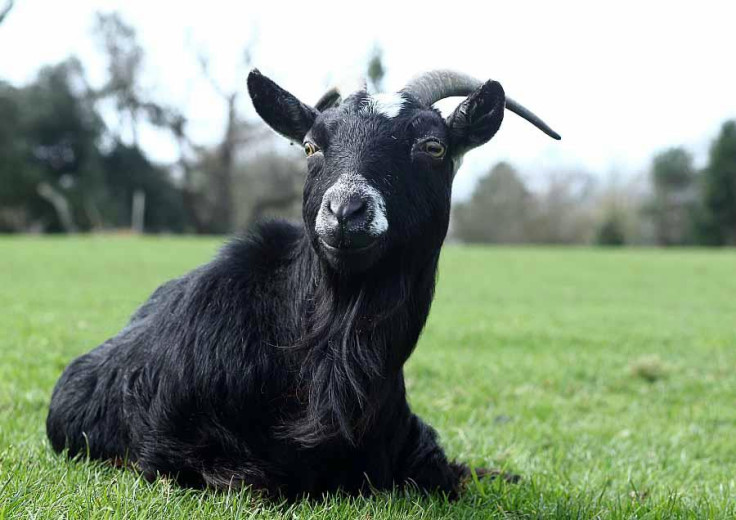How to tell if a goat is feeling happy? Watch its ears

A study that not only identifies emotional arousal in animals but also whether the emotions are positive or negative is expected to help those involved in animal welfare.
Researchers at Queen Mary University of London (QMUL) found that goats were more likely to point their ears forward and keep their tail up when in a positive state, as well as producing more stable calls (ie less varied in frequency).
Knowing when the animals are in a positive state is useful when working with them.
Dr Alan McElligott and Dr Elodie Briefer from QMUL were trying to obtain a picture of physiological, behavioural and vocal indicators of emotion to understand how goats express emotions during mildly positive or negative situations.
The first of its kind, the research was published in the journal Animal Behaviour.
McElligott said: "It is often relatively easy to identify negative emotions in animals but we know little about how they show that they are experiencing positive states. Subtle hints from goats like small changes in their calls, their heart rate or the position of their ears tell us about what state it is in and could indicate whether their environment is good for their welfare or not."
That animals have emotions was first proven in research on chimps by primatologist Jane Goodall, who has gone on to say that man's closest relatives also experience spiritual feelings.
The non-verbal communication patterns when chimps pat, kiss, hug or punch mean pretty much what they do among humans, Goodall has claimed. Chimps have even been known to exhibit a sense of humour as well as altruism, not to mention extreme aggression to neighbours.
Elephants too have been known to exhibit distinct behaviour following the death of a herd member or child.
© Copyright IBTimes 2025. All rights reserved.





















